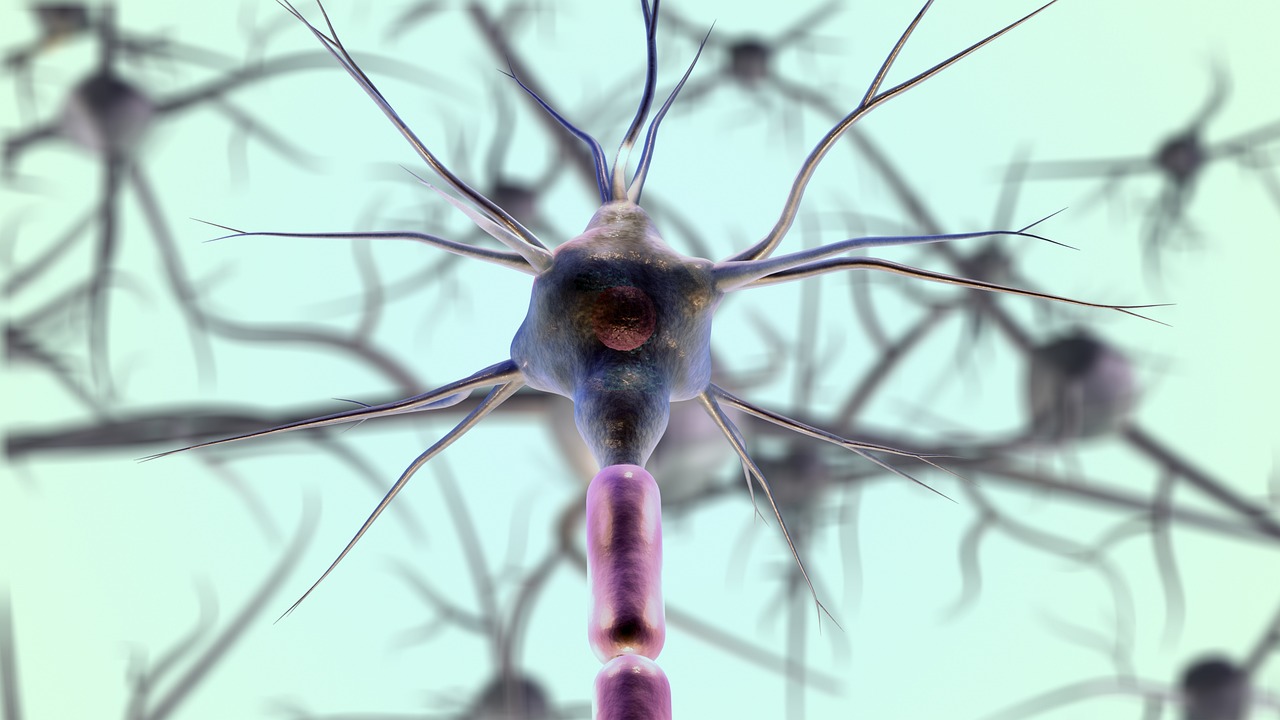Unlocking the Secrets of Axolotl Regeneration
The remarkable ability of axolotls to regrow lost body parts has captivated scientists and animal enthusiasts alike. These aquatic salamanders, native to Mexico, possess an extraordinary talent for regeneration that extends far beyond simple wound healing. From limbs and organs to even portions of their brain, axolotls can reconstruct complex structures with astonishing precision. This fascinating capability not only ensures their survival but also holds promise for groundbreaking medical advancements in human tissue regeneration and organ repair.

The Evolutionary Edge of Regeneration
The axolotl’s regenerative powers are believed to have evolved as a survival mechanism in their native habitat of Lake Xochimilco in Mexico. This adaptation allowed them to recover from injuries inflicted by predators or environmental hazards. Unlike most vertebrates, which form scar tissue after injury, axolotls can perfectly reconstruct lost or damaged tissues without any signs of scarring.
The Cellular Mechanics of Axolotl Regeneration
At the heart of the axolotl’s regenerative prowess lies a unique cellular process. When an axolotl loses a limb, a mass of cells called a blastema forms at the site of injury. These cells are pluripotent, meaning they can develop into various types of tissues. The blastema then undergoes a carefully orchestrated series of cellular divisions and differentiations, ultimately recreating the lost limb in its entirety.
Beyond Limb Regeneration: Organs and Neural Tissue
While limb regeneration is perhaps the most well-known aspect of axolotl regeneration, these remarkable creatures can also regenerate other complex structures. They can repair damaged organs, including portions of their heart and brain. This ability to regenerate neural tissue is particularly intriguing, as it offers potential insights into treating neurodegenerative diseases and spinal cord injuries in humans.
The Genetic Secrets Behind Axolotl Regeneration
Recent advancements in genetic sequencing have allowed scientists to delve deeper into the molecular mechanisms underlying axolotl regeneration. In 2019, researchers successfully sequenced the axolotl genome, revealing it to be ten times larger than the human genome. This genetic complexity is believed to play a crucial role in the axolotl’s regenerative capabilities.
Axolotls in Biomedical Research: Paving the Way for Human Applications
The axolotl’s extraordinary regenerative abilities have made it a valuable model organism in biomedical research. Scientists are studying these creatures to unlock the secrets of tissue regeneration, with the ultimate goal of developing new therapies for human patients. Areas of research include wound healing, organ transplantation, and even potential treatments for conditions such as heart disease and spinal cord injuries.
Conservation Efforts: Protecting a Scientific Treasure
Despite their importance in scientific research and their popularity as pets, wild axolotls face significant threats in their native habitat. Pollution, habitat loss, and the introduction of invasive species have led to a dramatic decline in wild axolotl populations. Conservation efforts are underway to protect these unique creatures and their natural environment, recognizing their value not only as a biological marvel but also as a potential key to groundbreaking medical advancements.
The Future of Regenerative Medicine: Lessons from the Axolotl
As research into axolotl regeneration continues to progress, scientists are increasingly optimistic about the potential applications in human medicine. While human beings may never achieve the same level of regenerative ability as axolotls, understanding the cellular and genetic mechanisms behind their regeneration could lead to revolutionary treatments for a wide range of injuries and diseases.
Ethical Considerations in Axolotl Research
As with any animal research, the study of axolotls raises important ethical considerations. Scientists must balance the potential benefits of their research with the welfare of the animals involved. Many institutions have implemented strict guidelines for the humane treatment of axolotls in laboratory settings, ensuring that these remarkable creatures are treated with the respect and care they deserve.
In conclusion, the axolotl’s extraordinary regenerative abilities continue to astound and inspire scientists and animal enthusiasts alike. As we unlock more secrets of their remarkable biology, we edge closer to potentially transformative advances in regenerative medicine. The axolotl serves as a powerful reminder of the wonders of the natural world and the invaluable lessons it holds for human health and well-being.





